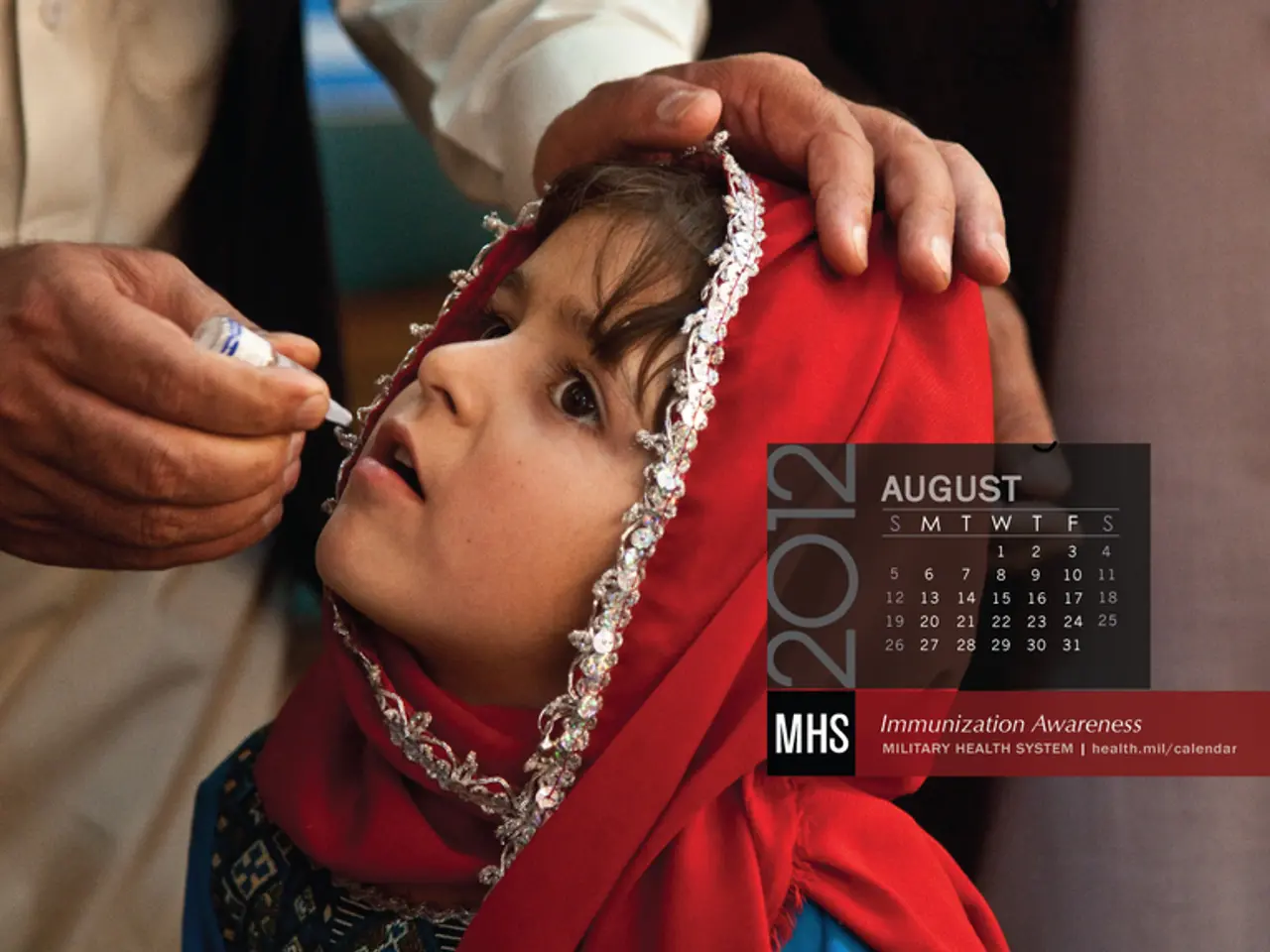Skin Cancer: Early Detection and Prevention Crucial for Timely Intervention
Skin cancer, a significant global health issue, can be detected early and its risk reduced with regular self-exams and annual check-ups. It often appears on sun-exposed areas, but can also develop in less obvious places. Understanding its various types and appearances is crucial for timely intervention.
Basal cell carcinoma, the most common form, can manifest as non-healing sores, red patches, shiny bumps, or pink growths with elevated borders. It typically affects sun-exposed areas like the face, chest, arms, and hands. Actinic keratosis, a precancer, appears as scaly or crusty lesions on sun-exposed skin and has a 10% chance of becoming squamous cell carcinoma if left untreated. Melanoma, the most serious type, can be found anywhere on the body and is identified using the 'ABCDE' method for moles or freckles. It's important to note that while melanoma is less common in individuals with darker skin, it can still occur and should not be overlooked. Regular self-exams and annual skin checks by a doctor are vital for early detection. Prevention involves daily sunscreen use, avoiding peak sun hours, protective clothing, and regular self-exams. Treatment usually involves removing the lesion through methods like cryosurgery, curettage and electrodesiccation, creams, or excisional surgery.
Skin cancer, with its various types and appearances, requires vigilance in detection and prevention. Regular self-exams, annual check-ups, and sun protection measures are key. Timely detection and treatment can significantly improve outcomes, making early intervention crucial.






